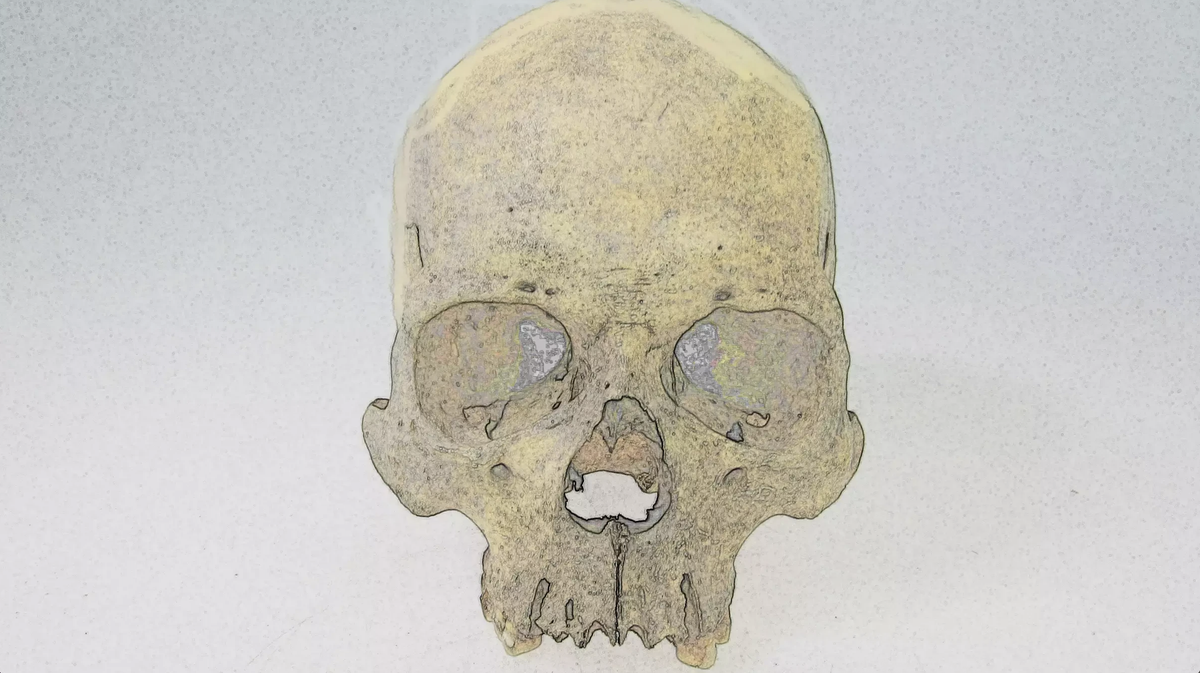Now Reading: Ancient Bones Reveal Rare Leprosy Strain in Americas Pre-European Arrival
-
01
Ancient Bones Reveal Rare Leprosy Strain in Americas Pre-European Arrival
Ancient Bones Reveal Rare Leprosy Strain in Americas Pre-European Arrival

Fast Summary
- Researchers found evidence of a rare form of Hansen’s disease (leprosy) in 4,000-year-old human skeletons discovered in Chile.
- The disease was caused by the bacterium Mycobacterium lepromatosis, distinct from the more common Mycobacterium leprae.
- The genome reconstruction from two adult male skeletons revealed that the leprosy-causing bacteria evolved separately on opposite sides of the globe for thousands of years.
- Characteristic changes linked to leprosy have been observed in ancient skeletons across Europe,Asia,and Oceania. Evidence suggests that M. leprae originated approximately 6,000 years ago during Eurasia’s Neolithic transition.
- findings challenge previous beliefs about leprosy as a colonial-era introduction to the Americas. it further suggests M. lepromatosis existed there long before European arrival.
- Researchers speculate about possible transmission pathways-either through early migrations or an animal reservoir-but confirm no conclusive origins yet.
Indian Opinion Analysis
This groundbreaking research indicating pre-colonial existence of leprosy-causing pathogens in the Americas highlights how ancient diseases spread globally. For India-a nation historically combating widespread infectious diseases including modern-day leprosy-it underscores the value of genomic studies for understanding historical patterns and bolstering prevention strategies.
India has made progress on eliminating Hansen’s disease over decades but continues facing challenges regarding its resurgence in certain areas due to social stigma and inadequate access to healthcare services. Examining these findings could encourage revisiting indigenous knowledge systems alongside scientific advancements for addressing public health issues more robustly.
Further exploration into non-human reservoirs or environmental factors aligns with India’s ongoing efforts toward environmental conservation and zoonotic disease prevention strategies under national healthcare frameworks like ayushman Bharat.

























